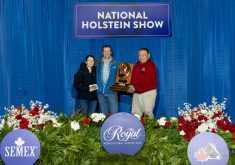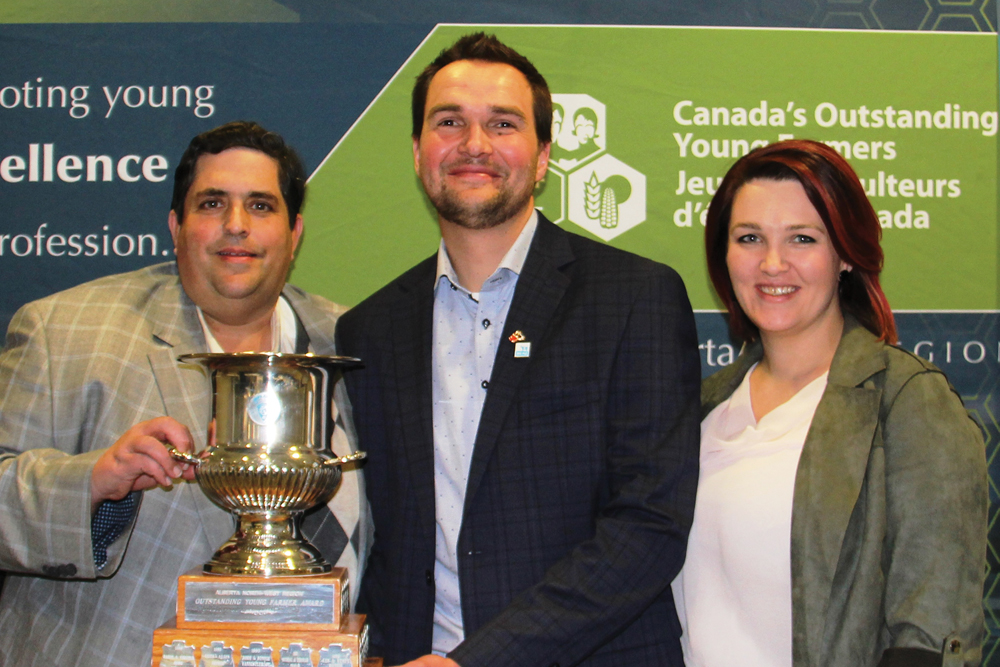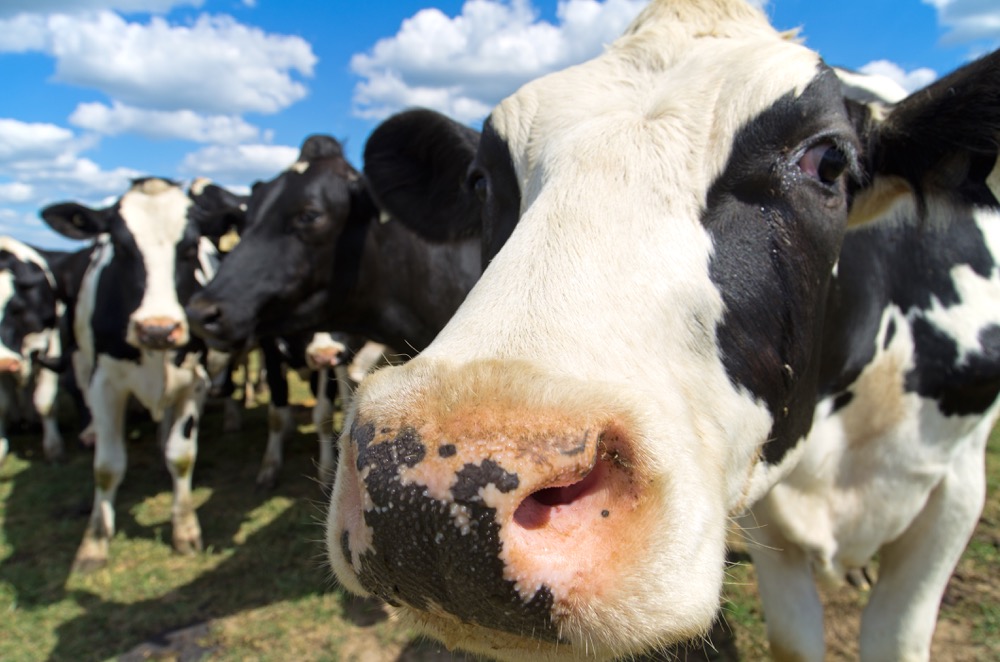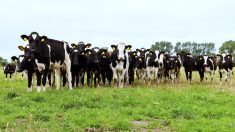The first thing we were asked when we entered the barn at the University of Alberta’s Dairy Research Technology Centre was, “No pictures, please.”
But Harold Lehman, who manages the facility, had a good reason for it.
“Most people will see these pictures and not have any context about what’s going on,” he told the group of urban and rural media. “We’d rather people come here and learn for themselves.”
That’s understandable when you’re talking about dairy cows with holes in their sides.
Read Also

The heart of the rodeo
A profile of rodeo stock contractors and their contribution to Alberta’s rodeo culture.
Fistulas (as I learned the holes are called) are one of the uglier — but necessary — sides of livestock research, he said. Researchers surgically create them in order to measure feed efficiency and digestion.
- More from the Alberta Farmer Express: New study aims to improve protein efficiency in dairy cows
Animals chosen for the procedure are usually high performers, and fistulated cows are both quite healthy (often living as long as their on-farm counterparts) and comfortable.
As Lehman walked us through the facility, introducing us to newborn calves who sucked at our gloved hands and showing us a high-tech feeding system, his care of and passion for his charges were clear.
“If you don’t love your cows, we don’t need you here,” he said at one point.
No, ag research may not always be pretty. But the commitment these researchers have to bettering their piece of the industry is pretty remarkable.














